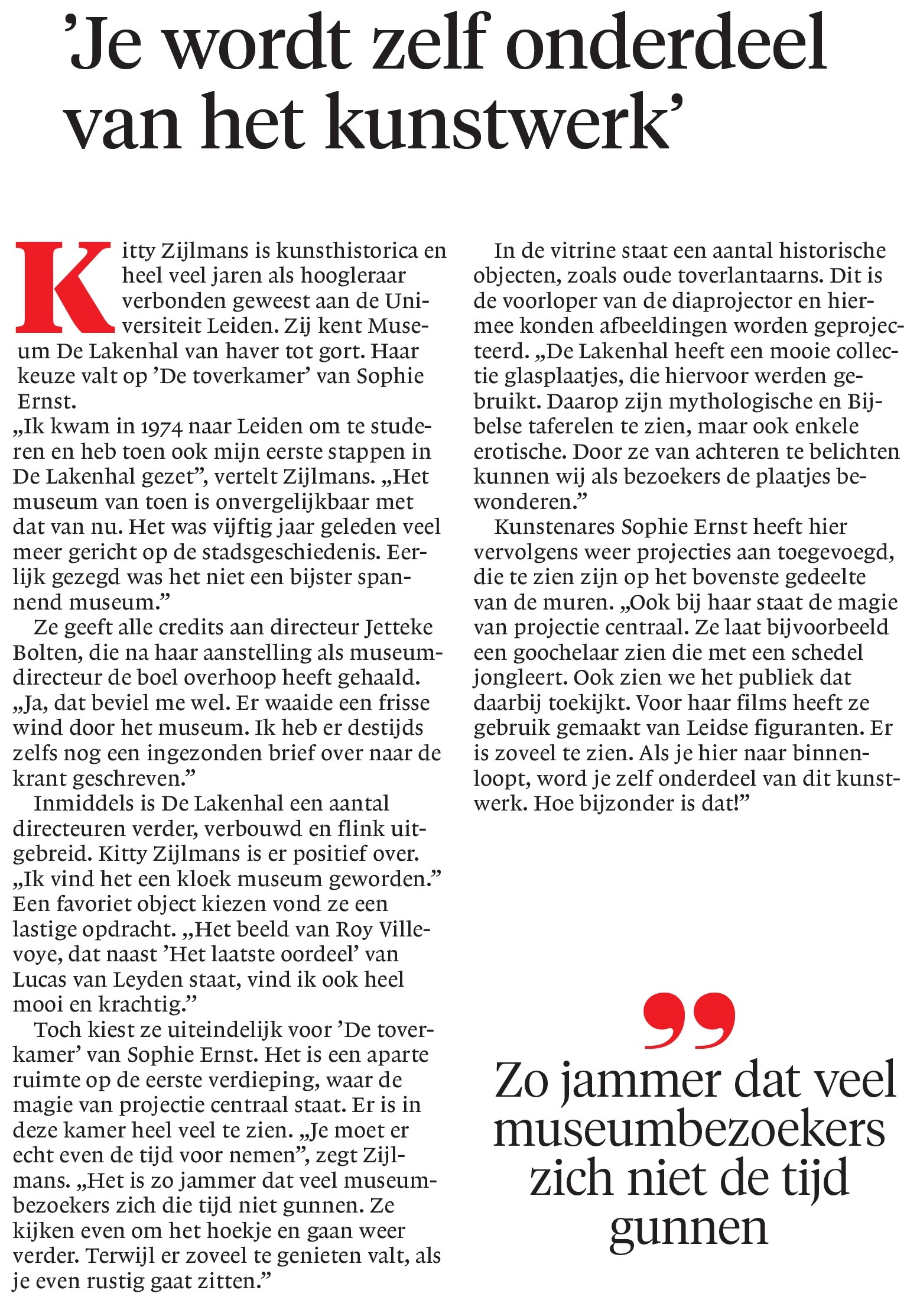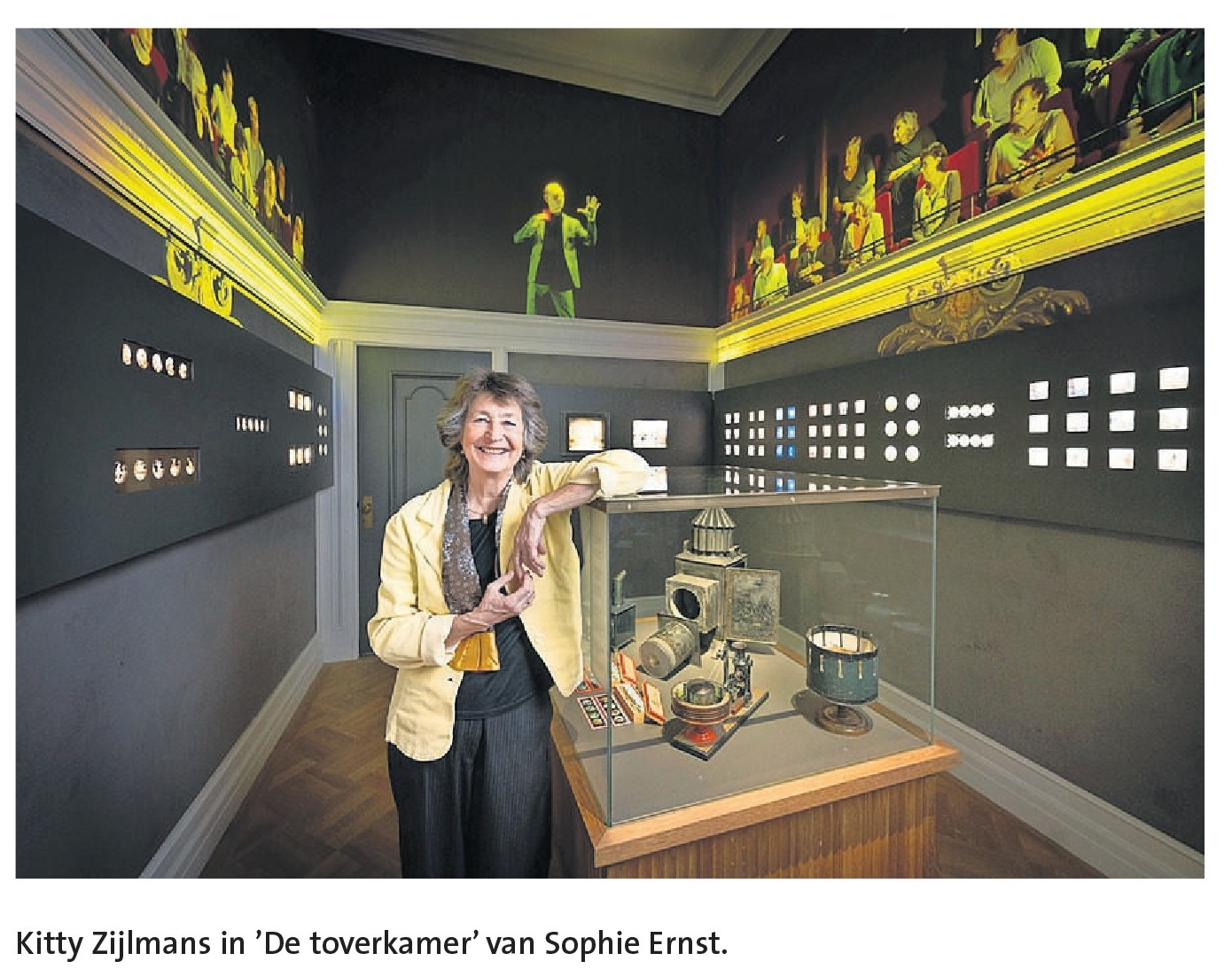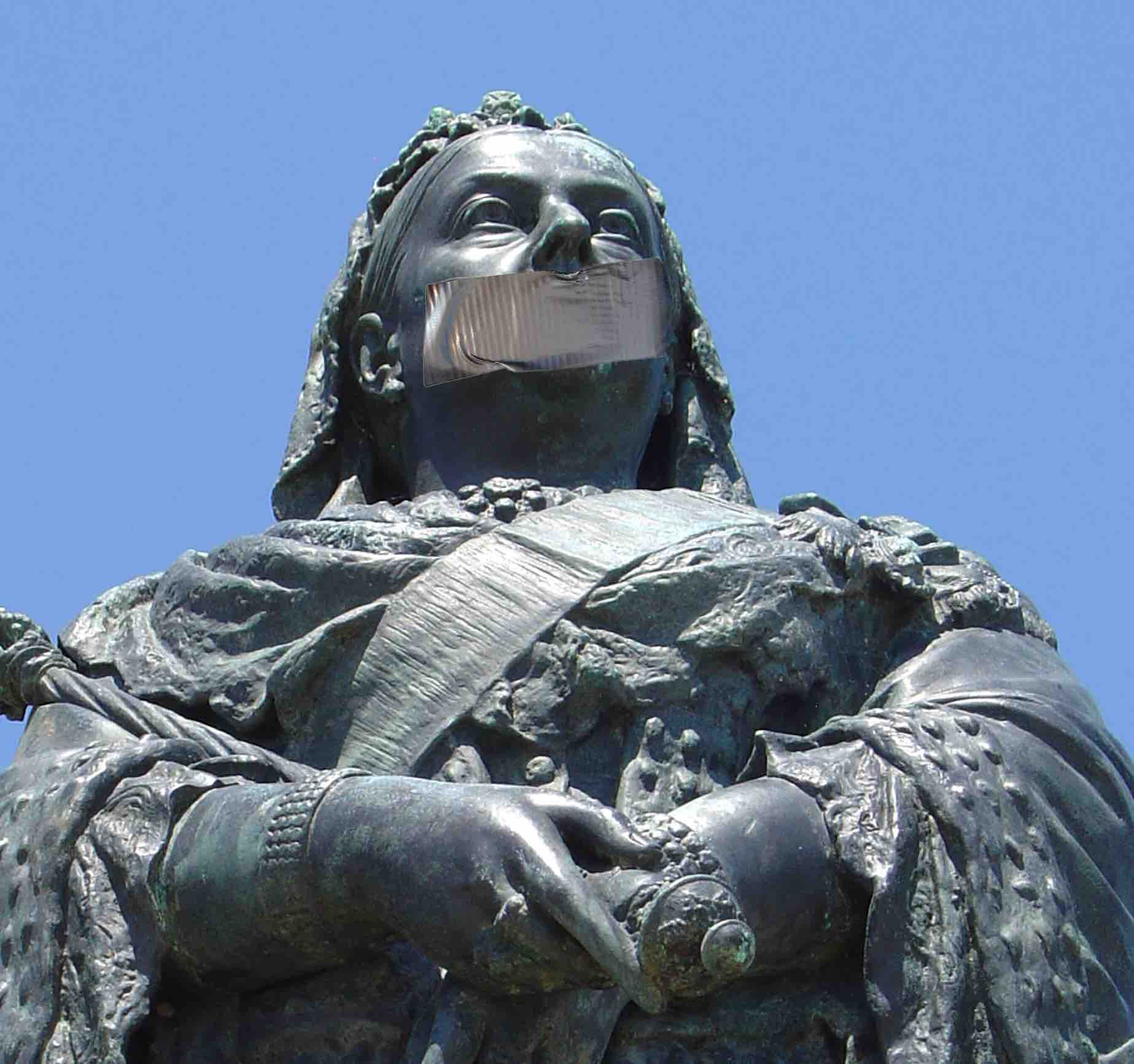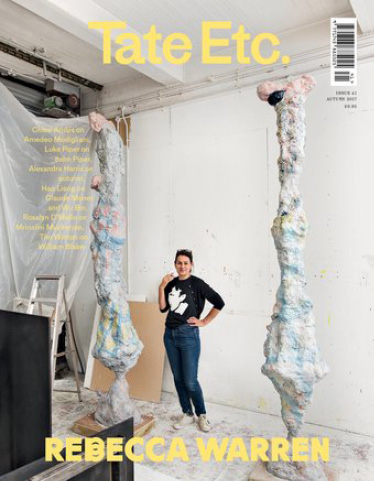

Museum De Lakenhal viert 150e verjaardag.
Leidenaars over hun favoriete museumstuk.
Text: Teo de With Photo: Taco van der Eb
Leidsdagblad, woensdag 1 mei, 2024
Counter-Ceremonial: Contemporary Artists and Queen Victoria Monuments
„In Silent Empress, created in 2012, Sophie Ernst attached a loudhailer to the face of the statue of Queen Victoria in Wakefield, Yorkshire, from which issued a monologue comprised of quotations from the journals and letters of the Queen and extracts from speeches and texts by past prime ministers (Blair, Brown, Cameron, Churchill, Gladstone, and Lord Salisbury), as well as Lin Tse-hsü, Chinese Governor General at the time of the First Opium War, and Somerset Maugham (Fig. 2). These quotations form a patchwork of statements about empire, generally supportive, and, while recognizing that it was built on exploitation and colonial violence, asserting that no apology is necessary and that silence on the matter is preferable…
The central concern of Silent Empress was the legacy of empire and the question of apology for this history. It was not simply about articulating an apology; rather, it raised the question of what an apology might be, what it would mean to apologize, and how to avoid apology as an end point, as if saying sorry simply excused the past and closed debate. Indeed, the use of quotation from Victoria in the 1840s to Gordon Brown’s statement, made in a 2005 speech when he was Chancellor of the Exchequer, that ‘the days of Britain having to apologize for its colonial history are over’ underpins the idea that this matter is not something consigned to the past, but — like Victoria’s image — has a persistent legacy.29 Ernst has pointed out that she deploys the conception of apology as Eingedenken, as defined by Walter Benjamin. This is to remember the past from the perspective of the present; to conceive the apology not as the completion of the past, a fresh start as it were, but as signalling a continual responsibility.
For Ernst, a first step in addressing this was to attempt ‘to expose the rather heroic form of remembering’ in European public commemoration and the way in which colonialism was still marked by an aesthetic of presence, moral virtue, and even glamour. How might this heroic form of remembrance be undone? How might one draw out what such heroic image making ignores or actively suppresses? How might the statue as a form of forgetting rather than remembering be brought to public attention? “
Read more: download pdf

Counter-Ceremonial: Contemporary Artists and Queen Victoria Monuments
Michael Hatt, Counter-Ceremonial: Contemporary Artists and Queen Victoria Monuments. 19: Interdisciplinary Studies in the Long Nineteenth Century, 33 (2022)
In order to be British we must acknowledge our ‚Indianness‘
In Silent Empress 2012, a public commission for Yorkshire Sculpture Park near Wakefield, the artist Sophie Ernst attached a sound tag to an existing statue of Queen Victoria. The sound was a monologue emanating from a megaphone temporarily positioned in front of the statue’s face. Comprising quotes from the journals and letters of Queen Victoria, and extracts from speeches and texts by past prime ministers (Blair, Brown, Cameron, Churchill, Gladstone), it gestured towards an apology for Britain’s colonial past.
The statue spoke for 30 minutes before Wakefield Council decided it was ‘disrespectful’ and needed to come down. This was unfortunate: we need our statues to speak uncomfortable truths. In functioning democracies the cultural sphere should be a profoundly unsafe space for sacred cows.
Modern Britain, as we all know, was built on empire – in particular, on the century-long, sustained transfer of enormous wealth from British India. This imperial looting, enabled by the rapacious capitalism of the East India Company, was integral to financing the Industrial Revolution, fighting two world wars and building the modern welfare state we call Britain.
Read more: download pdf

In order to be British we must acknowledge our ‚Indianness‘
TATE ETC
Author: Hammad Nasar
ISSN: 1743-8853
Language: English
